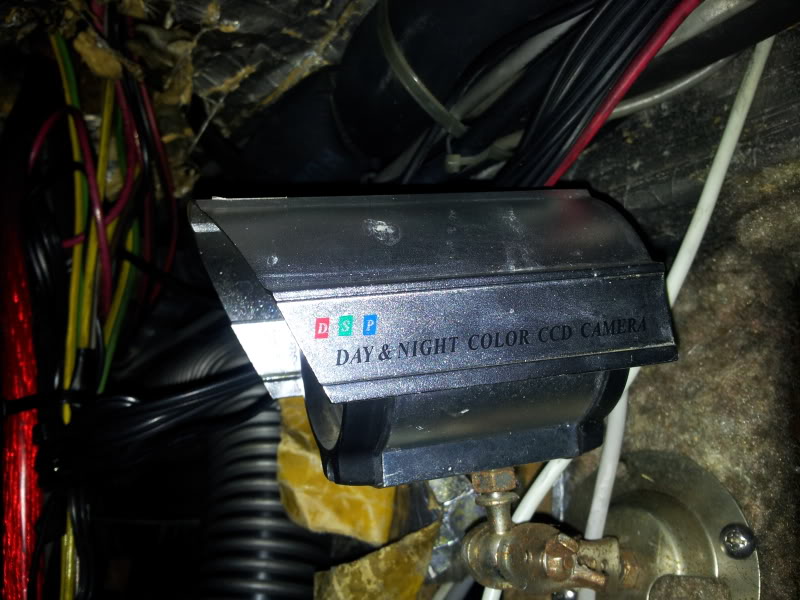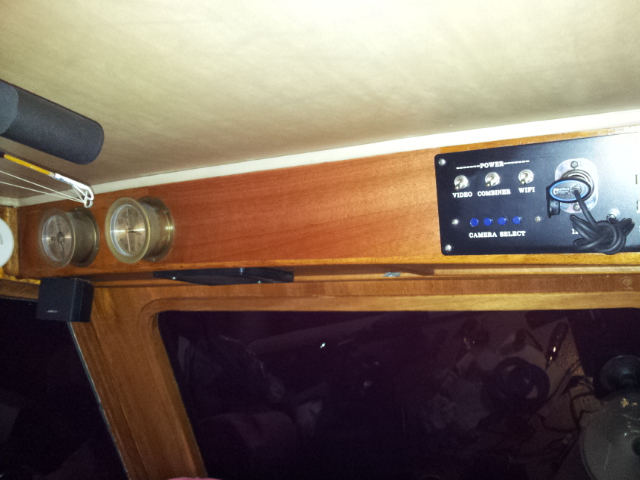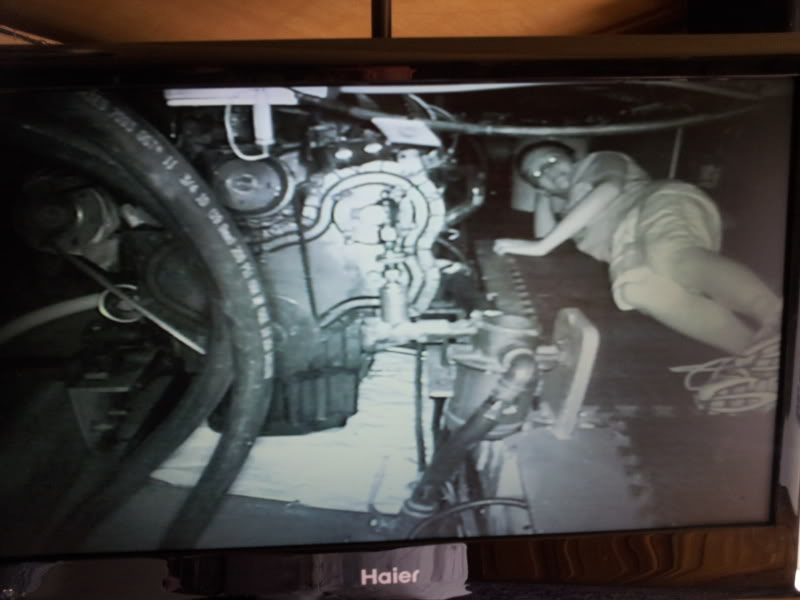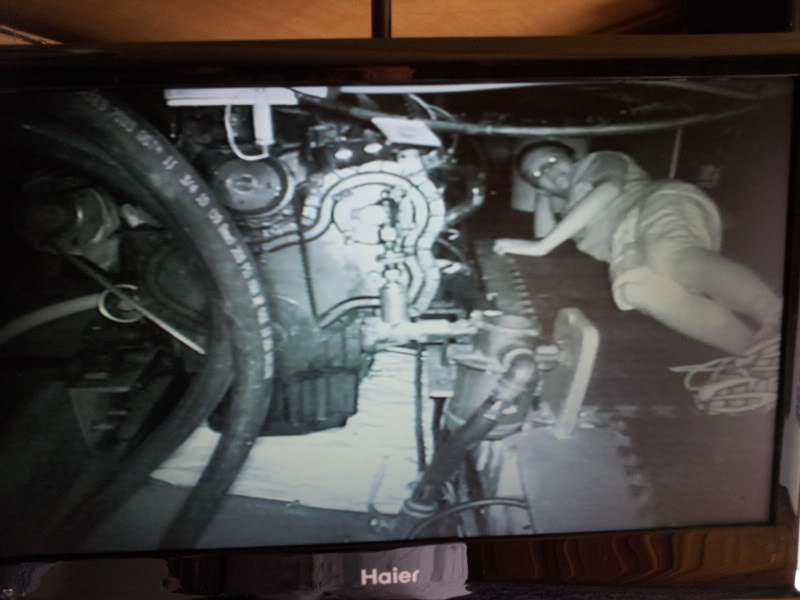Bill Ranson
Senior Member
It would fun and educational to compile a list of everyones best ideas for making boat maintenance easier for the do it yourself folks (other than pulling out the checkbook and paying someone else to do it).
I'll start it off with installing a 12 volt oil change pump connected directly to the pan. No more pumping it out through the dipstick pipe.
I'll start it off with installing a 12 volt oil change pump connected directly to the pan. No more pumping it out through the dipstick pipe.









